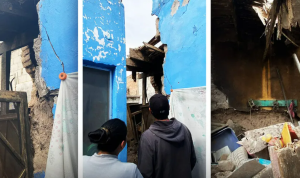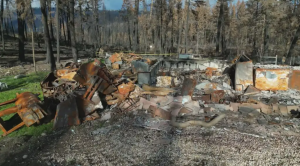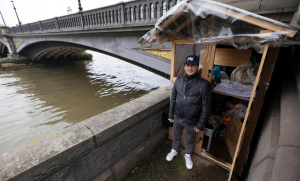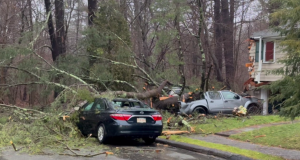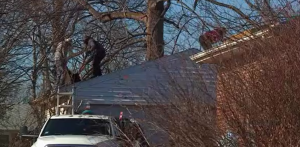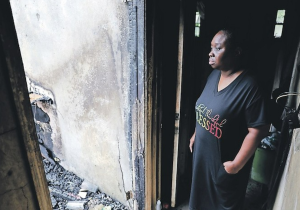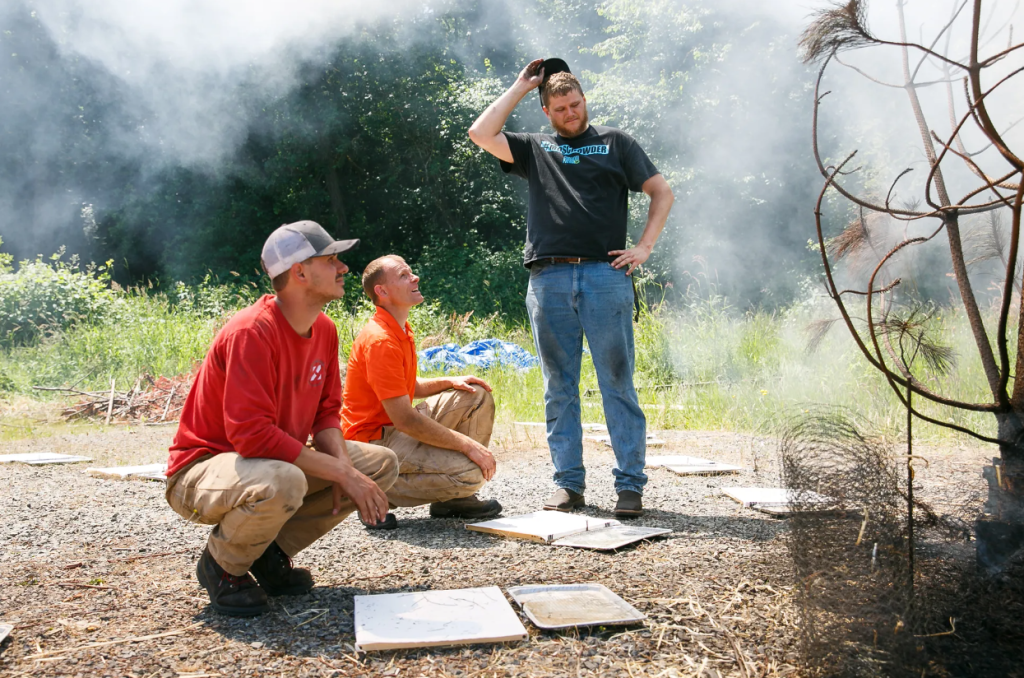
By Tracy Loew
David Blunck spent many years researching how wildfires spread.
In September 2020, his research became personal when wildfires threatened his Canby parents’ house.
Blunck knew that the real danger was not a wall or flames surrounding the house. Firebrands are windblown embers which can spread a mile and more.
He said, “It’s just eye-opening.” I feel more urgency in conveying to the public the idea that it’s important to take personal responsibility to protect our homes from the possibility of wildfires. This is true even for the greener side of Oregon.
Blunck’s research on wildfires
The team of Blunck at OSU has been testing how factors such as wind speed, temperature, tree species, and size affect how firebrands travel.
He said that firebrands are often the main cause of fires spreading.
They’ve studied the formation of firebrands in different kinds of wood dowels using a laboratory-scale wind tunnel.
They have conducted their research in the field by burning hundreds of trees and counting the embers released.
Blunck explained that the study revealed which trees tend to produce more cold and hot firebrands as well as how many firebrands are produced per tree.
The team was surprised to find that the larger the tree, when normalized for the amount of mass burning, it actually emits fewer firebrands.
They found that firebrands of Douglas fir, sagebrush, and other species with shorter needles had a heat flux an order of magnitude greater than those of ponderosa species with longer needles.
Blunck stated that the research findings can now be used to predict fire behaviour.
The project was funded by the Joint Fire Science Program of the Federal Government and the National Institute of Standards and Technology.
Blunck wants to understand how flames spread and form inside structures. Blunck has applied for funds to replicate his experiments with small sheds instead of trees.
Research on Firebrands: How to Apply It
Blunck, who lives with his parents in a rural area of Minnesota, walked the perimeter of their home to protect it against wildfires. Blunck recommends all homeowners to do the same.
He said that if a person walked around their home and asked if a match or cigarette would start a flame – and eliminated that risk – that would be an enormous step.
He said that it could be as easy as replacing bark dust and flammable plants near homes with gravel or as complex as keeping leaves and needles off gutters and roofs.
He said that having screens on windows can be helpful.
He said that if a window is broken, as can occur during fires or explosions, the screen will help to prevent sparks entering your home.
You can even screen the perforated Soffits to help circulate air through your attic.
He said that all of these things reduce the danger to houses. Even though they cannot control the disaster they can influence the outcome of a home or structure.
Reduce the risk of fire in your home
Firewise USA is a national program that teaches homeowners to reduce the risk of their homes igniting. It also explains how to reduce fuels that are combustible, create a defensible area, and plan an emergency exit.
These are additional tips to reduce the risk of fire in your home:
Home Hardening: Making your house more fire resistant involves hardening the walls and other structural elements. It involves implementing changes and using materials that are resistant to fire to reduce your home’s vulnerability. Home hardening includes:
Siding and roofing: Use materials that are fire resistant, like metals, tiles, or asphalt shingles, with a fire class A rating.
Use ember-resistant vent covers and tempered glass for windows to keep embers out.
Use non-combustible material for the eaves or soffits. This will prevent accumulation of embers.
Decks and fencing: Use fire resistant decking and make sure to create an area that is defensible beneath the deck. Fencing materials such as metal and non-combustible ones are ideal.
Doors: Opt for fire-resistant exterior doors, including garage doors.
Fuel reduction and defensible area: To create a defensible zone around your house, you need to remove or reduce flammable materials and vegetation that can act as tinder for wildfires. It prevents wildfires from spreading to your house and gives firefighters a safe place to work. Key practices for creating defensible space include:
Use non-combustible materials such as gravel or stones within 5 feet of the home. Remove leaves, debris, and any flammable plants.
Zone 1: Increase the distance from your home by 30 feet, reduce flammable plants, thin trees, and space out the plants so that fire cannot reach the tops of the trees.
Zone 2: Maintain well-pruned, widely spaced trees while reducing the density of shrubs.
Zone 3: Maintain healthy distances between trees, and remove dead vegetation.
Understanding your choices is key to making an informed decision when it comes time to choose roof shingles. Roof shingles play a vital role in the protection of your home and its aesthetics.
Explore the different styles and materials of roofing shingles to get you started. Asphalt, tile, wood, metal and other materials are examples. Each offers unique advantages in terms of cost and durability. You can choose the best shingles for your roof by learning about all of these choices.
Consult a professional roofer if you are considering replacing or installing roof shingles. The professionals can offer expert advice about the right shingles for your budget and style preferences, as well as climate. They can also provide advice on how to maintain and repair your roof in order to extend its lifespan.
Understanding budget friendly roof shingles will help you protect and prolong the life of your house. If you are planning to do a new roofing project, or you need to fix an existing problem, consulting experts and exploring the roof shingle choices can help make better decisions at https://universalroofs.ca/.

